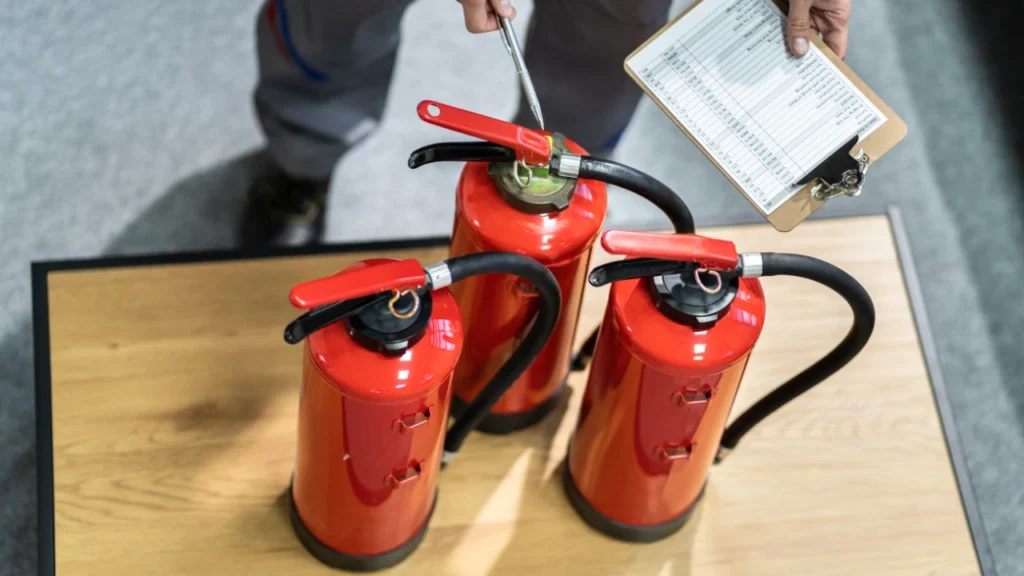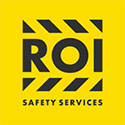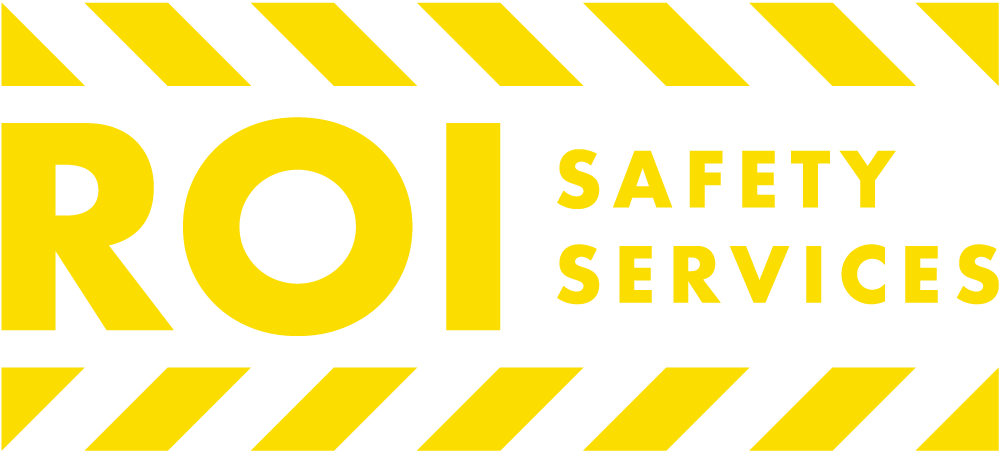Fire safety in the workplace isn’t just a compliance requirement—it’s essential for employee well-being and business continuity. Fires can disrupt operations, cause damage, and endanger lives. Prioritizing fire safety creates a safer environment for everyone.

Effective measures go beyond alarms and extinguishers. It requires planning, training, and proactive strategies to prevent hazards. From fire drills to clear evacuation routes, every step safeguards the workplace.
This article offers key fire safety tips for workplaces, helping businesses minimize risks and respond swiftly in emergencies. Whether managing a small office or a large facility, these guidelines will enhance fire safety protocols and protect your most valuable assets—your people and property.
Importance of Fire Safety in Workplaces
Fire safety in workplaces safeguards employees, preserves property, and ensures business continuity. Implementing robust fire safety measures minimizes the risk of injuries and fatalities during emergencies. Effective fire safety protocols reduce potential financial losses by preventing extensive damage to facilities and equipment.
Key Benefits of Fire Safety in Workplaces
- Protects Lives: Ensures employee safety through clear evacuation routes and accessible fire suppression tools.
- Enhances Compliance: Meets OSHA regulations, avoiding legal penalties and enhancing company reputation.
- Promotes Productivity: Reduces downtime by preventing fire-related disruptions and facilitating quick recovery.
- Supports Employee Morale: Creates a secure work environment, increasing trust and job satisfaction among staff.
- Minimizes Property Damage: Lowers repair and replacement costs by mitigating the impact of fire incidents.
Statistics Highlighting Fire Safety Importance
| Statistic | Source |
|---|---|
| 19% of workplace fires involve electrical equipment | National Fire Protection Association (NFPA) |
| Businesses lose an average of $400,000 after a major fire | Federal Emergency Management Agency (FEMA) |
| Proper training reduces fire-related injuries by 30% | Occupational Safety and Health Administration (OSHA) |
Investing in comprehensive fire safety training with providers like ROI Safety Services ensures workplaces are well-prepared to handle fire emergencies, maintaining safety and operational integrity across all states.
Common Fire Hazards in the Workplace
Identifying common fire hazards is essential for maintaining a safe workplace environment. Addressing these hazards proactively minimizes the risk of fire incidents.
Electrical Hazards
Electrical equipment contributes to 19% of workplace fires. Common electrical hazards include:
- Faulty Wiring: Damaged or outdated wiring increases fire risk.
- Overloaded Circuits: Exceeding circuit capacity can cause overheating.
- Improper Maintenance: Neglecting regular inspections leads to undetected issues.
- Frayed Cables: Exposed wires may short circuit and ignite surrounding materials.
Flammable Materials
- Storage Practices: Inadequate storage of flammable liquids can lead to spills and ignition.
- Handling Procedures: Lack of proper handling increases the chance of accidental fires.
- Ventilation: Poor ventilation in areas with flammable substances heightens fire intensity.
- Labeling: Missing or unclear labels prevent quick identification and safe management of materials.
Fire Prevention Strategies
Implementing effective fire prevention strategies minimizes fire risks and ensures a safer workplace. These strategies focus on maintaining a clean environment and properly managing flammable materials.
Housekeeping Practices
Maintain a clutter-free workspace to reduce fire hazards. Regularly dispose of waste, especially combustible materials like paper and packaging. Ensure walkways and exits remain unobstructed for safe evacuation. Schedule routine cleaning to prevent dust and debris accumulation, which can fuel potential fires.
Safe Storage Procedures
Store flammable materials in designated, well-ventilated areas away from ignition sources. Use appropriate containers and clear labeling to identify hazardous substances. Limit the quantity of stored flammables to necessary amounts to minimize risks. Implement proper stacking methods to prevent accidental collisions or spills that could ignite a fire.
Fire Safety Equipment and Systems
Implementing reliable fire safety equipment and systems is essential for ensuring workplace safety and compliance. ROI Safety Services provides comprehensive solutions tailored to meet statewide requirements.
Fire Extinguishers
Fire extinguishers must be strategically placed throughout the workplace to ensure quick access during emergencies. Regular inspections and maintenance guarantee their functionality. Different types, such as ABC, CO₂, and foam extinguishers, address various fire classes. Employees should receive training on proper usage to effectively combat fires and minimize damage.
Smoke Detectors and Alarms
Smoke detectors and alarms detect fire early, providing crucial time for evacuation. Install interconnected alarm systems to ensure all areas are alerted simultaneously. Conduct routine testing and maintenance to verify operational status. Position detectors in key locations, including near exits and high-risk areas, to enhance overall safety. ROI Safety Services assists in selecting and installing compliant systems to meet OSHA standards.
Employee Training and Preparedness
Fire Safety Training Programs
ROI Safety Services provides comprehensive fire safety training programs tailored to workplace needs. Training includes fire prevention strategies, proper use of fire extinguishers, and identification of workplace-specific fire hazards. Programs ensure employees understand OSHA standards and are equipped to handle fire emergencies effectively. Certified trainers deliver on-site sessions across California and statewide, enhancing employee knowledge and readiness.
Evacuation Drills
Regular evacuation drills conducted by ROI Safety Services ensure workplace readiness during fire emergencies. Drills simulate real fire scenarios, allowing employees to practice evacuation routes and procedures. These exercises identify and address potential evacuation challenges, such as blocked exits or unclear signage. Consistent drills improve response times and reinforce the importance of following established evacuation plans, promoting a safe and organized workplace.
Emergency Response Plans
Effective emergency response plans enhance workplace safety by ensuring swift and organized actions during fire incidents. Organizations implement clear evacuation procedures, designate assembly points, and assign specific roles to employees. Developing these plans involves collaborating with local fire departments to align with community resources.
Key components of an emergency response plan include:
- Evacuation Procedures: Outline step-by-step instructions for exiting the building safely, including primary and secondary routes.
- Communication Protocols: Establish methods for alerting employees, including alarm systems and designated communication channels.
- Roles and Responsibilities: Assign specific tasks to staff members, such as floor wardens and first aid responders, to streamline response efforts.
- Training and Drills: Conduct regular fire drills and training sessions to reinforce the plan and ensure employee preparedness.
- Emergency Equipment Access: Identify locations of fire extinguishers, alarms, and other safety equipment to facilitate quick access during emergencies.
ROI Safety Services offers comprehensive on-site OSHA safety training statewide, equipping workplaces with tailored emergency response plans. Their expert trainers collaborate with clients to develop customized procedures, conduct effective drills, and ensure compliance with fire safety regulations.
Legal Requirements and Compliance
Compliance with OSHA fire safety regulations is mandatory for workplaces to ensure safety and avoid penalties. Key OSHA standards include:
| OSHA Standard | Description |
|---|---|
| 29 CFR 1910.38 | Emergency Action Plans: Requires employers to develop and implement written plans detailing evacuation procedures, emergency contacts, and employee roles during emergencies. |
| 29 CFR 1910.39 | Fire Prevention Plans: Mandates the creation of fire prevention plans that identify potential fire hazards and outline measures to control them. |
| 29 CFR 1910.157 | Portable Fire Extinguishers: Specifies requirements for the placement, maintenance, and inspection of portable fire extinguishers in the workplace. |
| 29 CFR 1910.165 | Fire Protection: Details standards for fixed fire protection systems, including installation, maintenance, and inspection protocols. |
| 29 CFR 1910.176 | Handling and Storage of Hazardous Materials: Governs the safe storage and handling practices for flammable and combustible liquids to minimize fire risks. |
Non-compliance with these standards can result in fines averaging $13,653 per violation, depending on severity. To maintain compliance, organizations must conduct regular inspections, provide employee training, and update safety plans as needed. ROI Safety Services offers statewide on-site OSHA safety training, assisting businesses in meeting these legal requirements effectively.
Conclusion
Prioritizing fire safety transforms workplaces into secure environments where employees feel protected and valued. By implementing effective prevention strategies and ensuring all safety measures are up to standard, businesses can significantly reduce the risk of fire incidents. Regular training and well-structured emergency response plans empower teams to act swiftly and efficiently during emergencies. Investing in comprehensive fire safety not only safeguards lives and property but also enhances overall workplace morale and productivity. Embracing these practices ensures that organizations remain compliant with regulations while fostering a resilient and prepared workforce.

